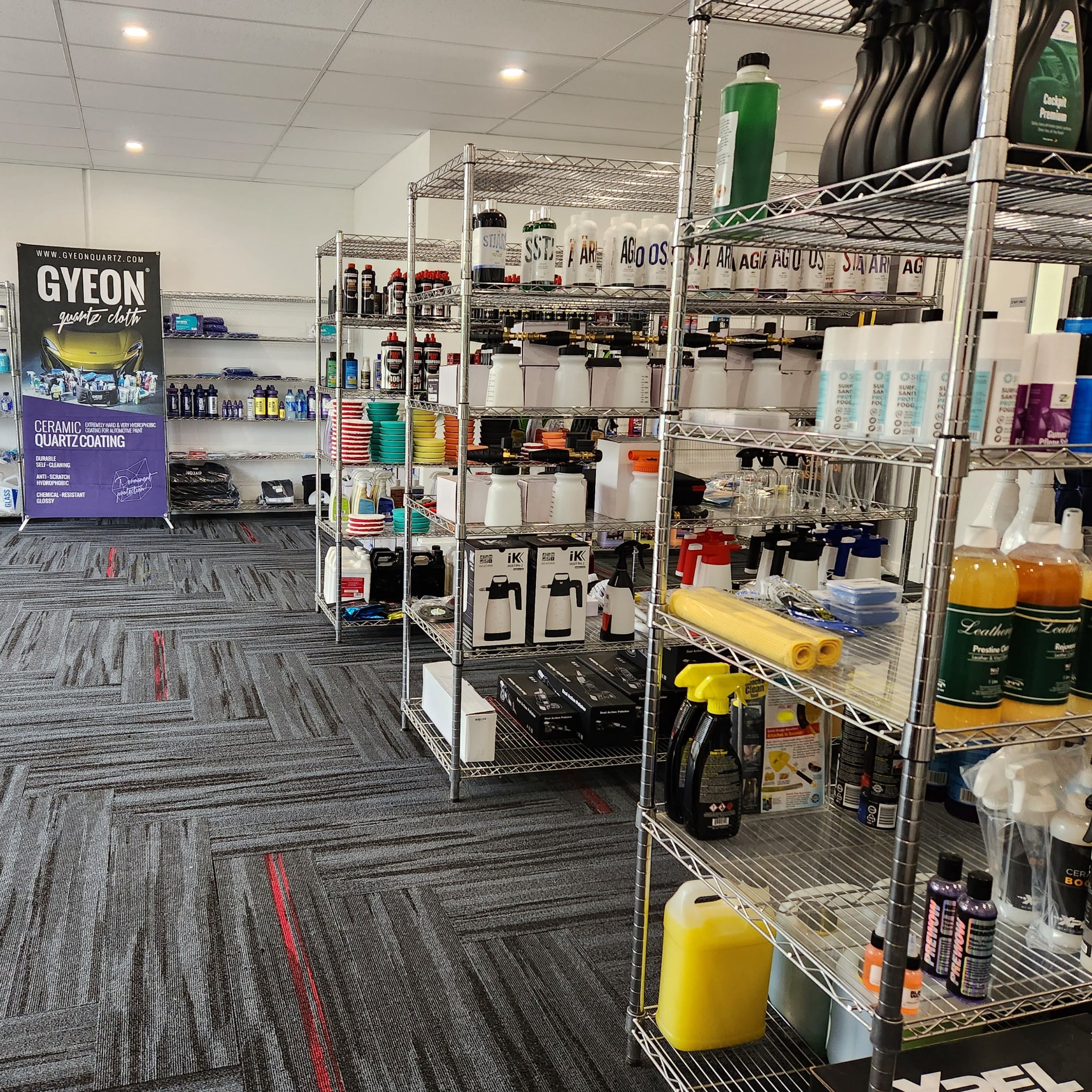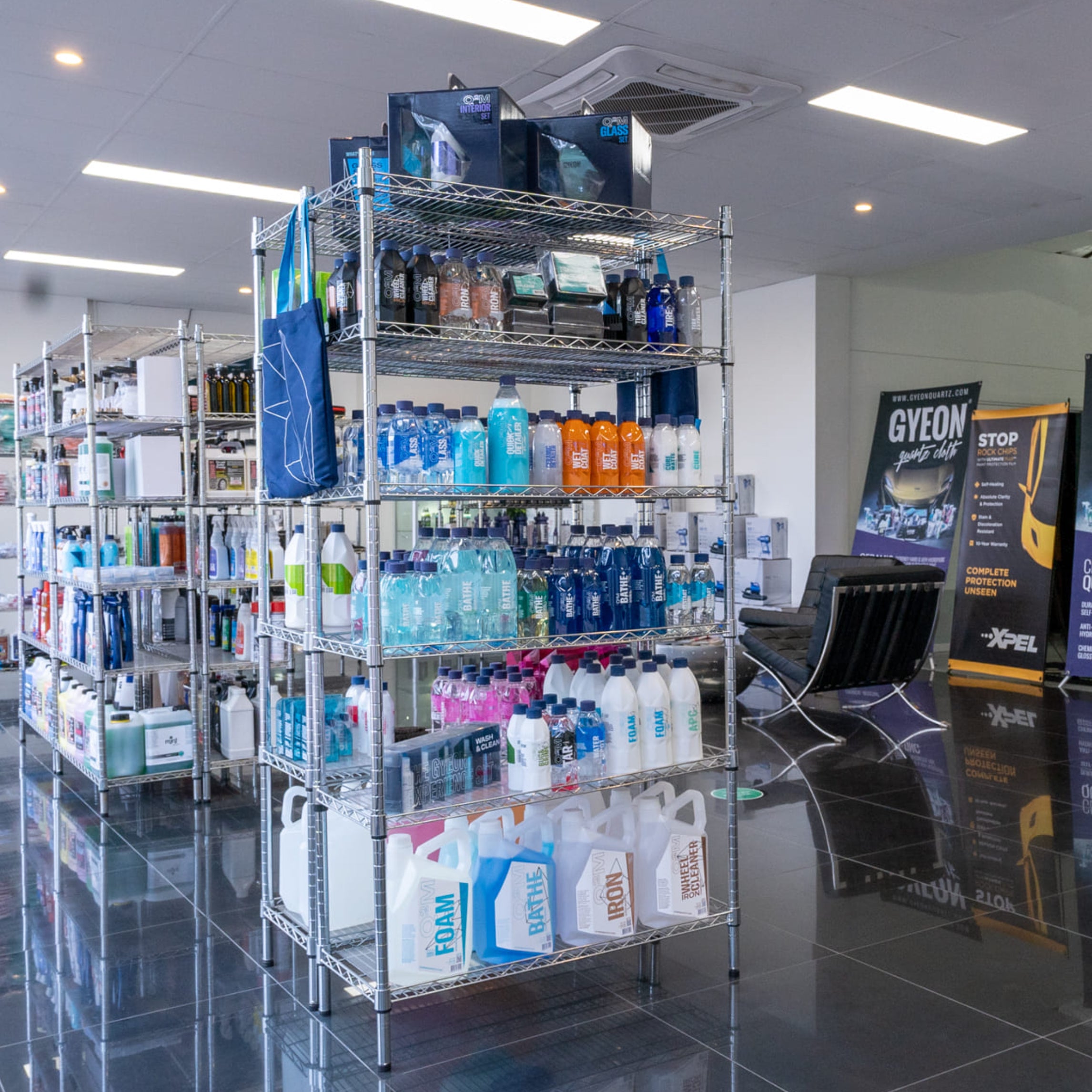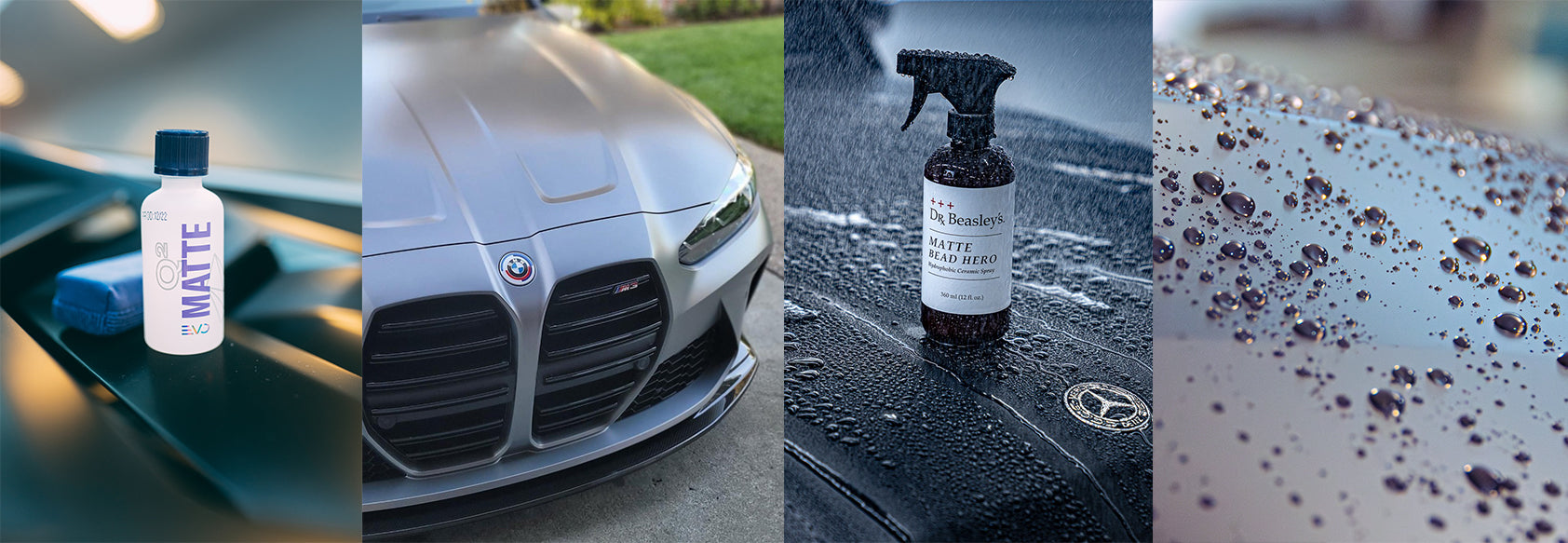So, you’re ready to step up your detailing game and finally get your hands on a car polisher. Whether you’re chasing that mirror-like finish or just tired of buffing by hand, a machine polisher is your ticket to faster, better, and more consistent results. But with so many types, styles and price points, how do you know which one’s right for you?
We are here to break this down as simply as possible, no fluff, no sales jargon. Just real advice, real experience, and a guide to help you pick the right tool for your skill level, your car, and your goals.

What Does a Car Polisher Actually Do?
If you’ve ever tried polishing your car by hand, you know how time-consuming and tiring it can be, and how difficult it is to get that flawless, swirl-free finish. That’s where machine polishers come in. It uses consistent speed and pressure to apply polish or compound evenly across your paint, cutting down swirls, scratches, oxidation and water spots. You’ll get a smoother surface, deeper gloss and, with the right method, professional-grade results, all without burning out your shoulders.
But like with any power tool, using the wrong machine (or using the right one incorrectly) can do more harm than good. That’s why choosing the right polisher matters.
Rotary vs Dual Action (DA): What's the Difference?
Rotary Polishers
These are the heavy hitters in the world of automotive detailing. Rotary machines spin in a single direction, fast and hard, making them powerful and aggressive for tasks such as cut polishing. These rotary machine polishers excel at correcting deep scratches, swirl marks, and paint imperfections, as well as tackling badly oxidised paint. Rotary machine polishers are favoured in the detailing field for their efficiency in such tasks. However, they don't leave much room for error. One wrong pass or too much time on one panel, and you could burn through the clear coat. Utilising rotary car buffing machines with wool pads or cutting pads requires expertise, making them best suited for experienced users who know their paint systems.
Pros:
- Fast, powerful correction of major paint defects
- Great for addressing imperfections and achieving a high-gloss finish
Cons:
- Higher risk of damage
- Steep learning curve
Dual Action (DA) Polishers
If you’re starting out or want a safer, more forgiving option, this is your mate. DA polishers, also known as random orbital polishers, spin and oscillate in multiple directions, meaning the pad never stays in one spot for long. It dramatically reduces the risk of burning paint. Models like the DAS-6 PRO are beginner-friendly, but still have enough bite for decent correction. Even pros keep a DA in their arsenal for refining and safe polishing on sensitive finishes. If you're considering going cordless, a cordless da polisher offers added convenience for those on-the-go polishing jobs. With its dual-action technology, it significantly enhances the vehicle’s appearance while minimising any potential surface damage.
Pros:
- Very safe to use
- Easy to learn
Cons:
- Slower correction
- Might not remove deep defects
Key Features to Consider
Power & Speed Control
You want control, not brute force. Optimum performance is crucial, and variable speed settings let you tailor your approach for each step: low for spreading polish/testing a new surface, medium for correction, and high for tackling serious swirls. For enthusiasts seeking exceptional control, top picks like our Mint Protools DAS-6 PRO with their innovative action pads offer excellent speed ranges. Skip any model that doesn’t give you variable settings; it’s like having a car stuck in one gear. Yeah, it might get you where you’re going, but it won’t do it well.
Ergonomics & Weight
You’ll be holding this thing for a while. A cordless polisher that is heavy or unbalanced might leave your arms shot before you’re halfway through the bonnet. Look for a polisher with:
- Comfortable grips
- Good weight balance
- Manageable size
When considering a cordless option, the new Mint ProTools RO Polisher Nano Hybrid offers similar benefits with the convenience of cordless freedom, ensuring comfort without compromising performance.
Pad Size & Compatibility
Bigger isn’t always better. Match your pad size to the job:
- 1-2” pads: Lights, mirrors, exhausts
- 3–4" pads: Pillars, tight spaces and corners
- 5–6" pads: Doors, bonnets, roofs
Incorporating suitable polishing accessories is crucial for efficient polishing work. A good polisher should let you easily switch pad sizes. The DAS-6 PRO offers flexibility, allowing for backing plates to be switched out depending on requirements. Don’t forget to factor in pad type too, foam pads and microfiber pads each offer different cut levels and finishes. We covered the differences in pads in our previous blog on how to best tackle scratches.
Corded vs Cordless
Corded is reliable and consistent, with no stopping to recharge. However, the rise of cordless polishers offers unmatched convenience, particularly for mobile detailers or working in tight spaces. Models like the Mint ProTools RO Polisher Nano Hybrid, a dual-action cordless polisher, have become increasingly popular choices for those looking for unconstrained movement. It is important to note that larger cordless polishers are typically heavier than their corded counterparts, so always factor this in when looking between options.

Our Top Picks
Mint Protools RO DAS-6 PRO V2 (Dual Action Polisher)
The go-to for beginners and weekend warriors. It’s affordable, reliable, and has enough power for most jobs without overwhelming new users. Properly paired with quality compounds (such as those available in our polisher kits), every detail job can be executed with precision and ease. Our comprehensive car polish range complements this polisher, letting even novices achieve professional results with careful paint prep.
Specs:
- 800W motor
- 6 speed settings
- Soft-start trigger
- Lightweight (2.3kg)
- Comes with both 3” and 5" backing plates for extra versatility
If you’re looking for safe, consistent results with minimal risk, this is it. With the right car polishing pad kit and buffer for the job at hand, you'll be set to achieve an impeccable finish effortlessly.

Mint ProTools Rotary Polisher
Are you a seasoned polisher looking for a step up in performance? This rotary unit is perfect for those who want more cutting power. Rotary buffing machines like this one are ideal for achieving a meticulously polished surface.
Specs:
- Up to 1200W motor
- 600–3000 RPM range
- Weighs 2.2kg
- 5" backing plate
- 5m cord
For experienced users tackling neglected paint or single-stage finishes, this machine delivers impressive results.
Mint ProTools RO Polisher Nano Hybrid
For those looking for more precision, the Mint Nano Hybrid is built for work in tight, intricate areas where larger polishers just can’t reach. Ideal for badges, bumpers, mirrors, pillars, and interior trims, this compact polisher is perfect for detailers who want complete control during those delicate stages of correction and finishing.
Key features:
- Cordless operation with two rechargeable batteries (45 mins runtime each)
- 3 polishing modes: Rotary, 3mm & 12mm dual action
- Compact, lightweight design for fatigue-free handling
- Variable speed control with soft-start
- Includes 1.2", 2", and 3" backing plates
Whether you're correcting fine details or adding the finishing touch, the Nano Hybrid gives you the flexibility to switch between modes and pad sizes to suit the job. It’s a versatile tool that fills the gap no full-size machine can.
How to Look After Your Polisher
Good tools last, at least if you treat them right.
After every use:
- Remove and wash pads with warm water and pad cleaner; proper pad care is essential for maintaining performance.
- Wipe the machine down with a damp microfiber cloth to remove any remaining residue and dust.
Looking after the power cord:
- Ensure you keep the cord behind you when in use to ensure it is as far away from any moving parts as possible.
- Look for splits, kinks, or wear to ensure your charger connections remain intact.
Service occasionally:
- Clean or replace carbon brushes to maintain performance.
- Lubricate bearings if needed, and filter out any debris to keep your polisher running smoothly.
Whether you're a DIY detail enthusiast or a professional, regular maintenance will prolong your tool's life and effectiveness.
Final Word: What Polisher Should You Choose?
Choosing the right car polisher doesn’t have to be overwhelming. Whether you’re just starting your detailing journey or you’re already deep in the game, there’s a tool that fits your skill level, needs, and budget.
Don’t forget: The polisher is only part of the equation. Technique, preparation, and maintenance are just as important. When used correctly, a car polisher doesn’t just clean, it transforms.
Now, roll up your sleeves, pick the right tool, and bring that mirror shine back to life!





